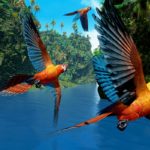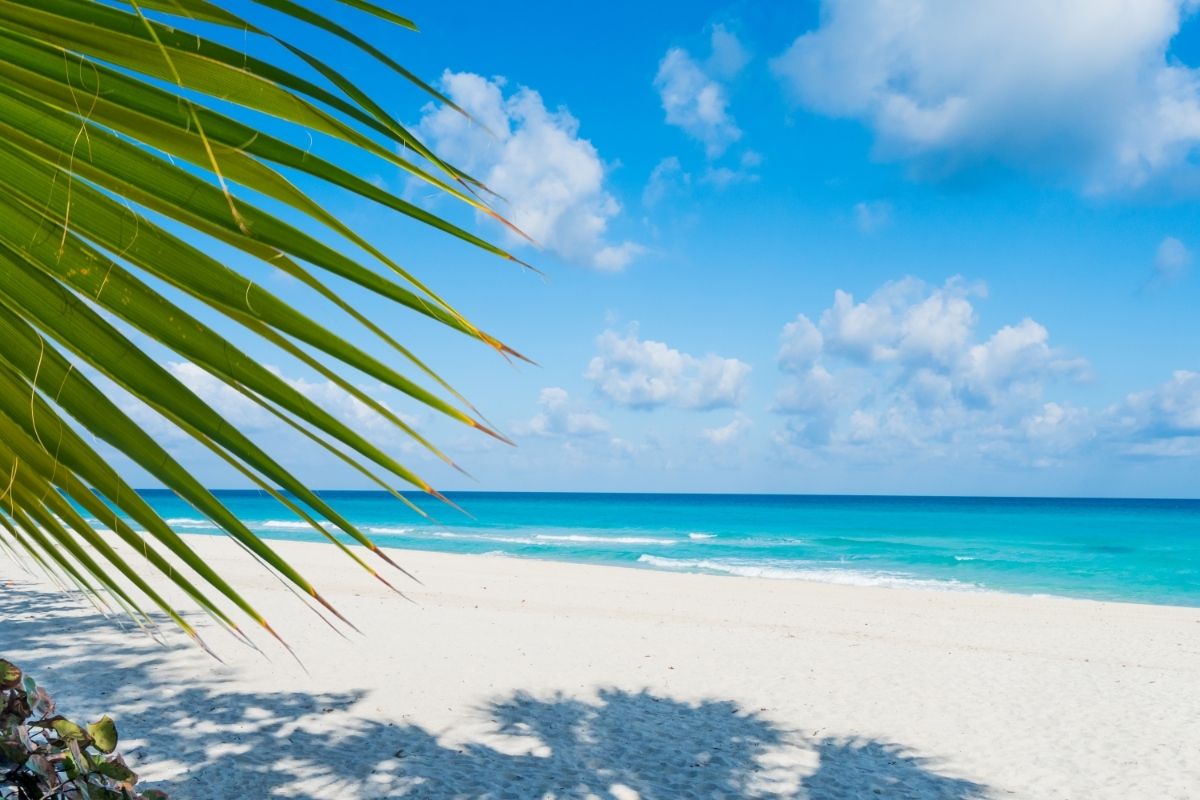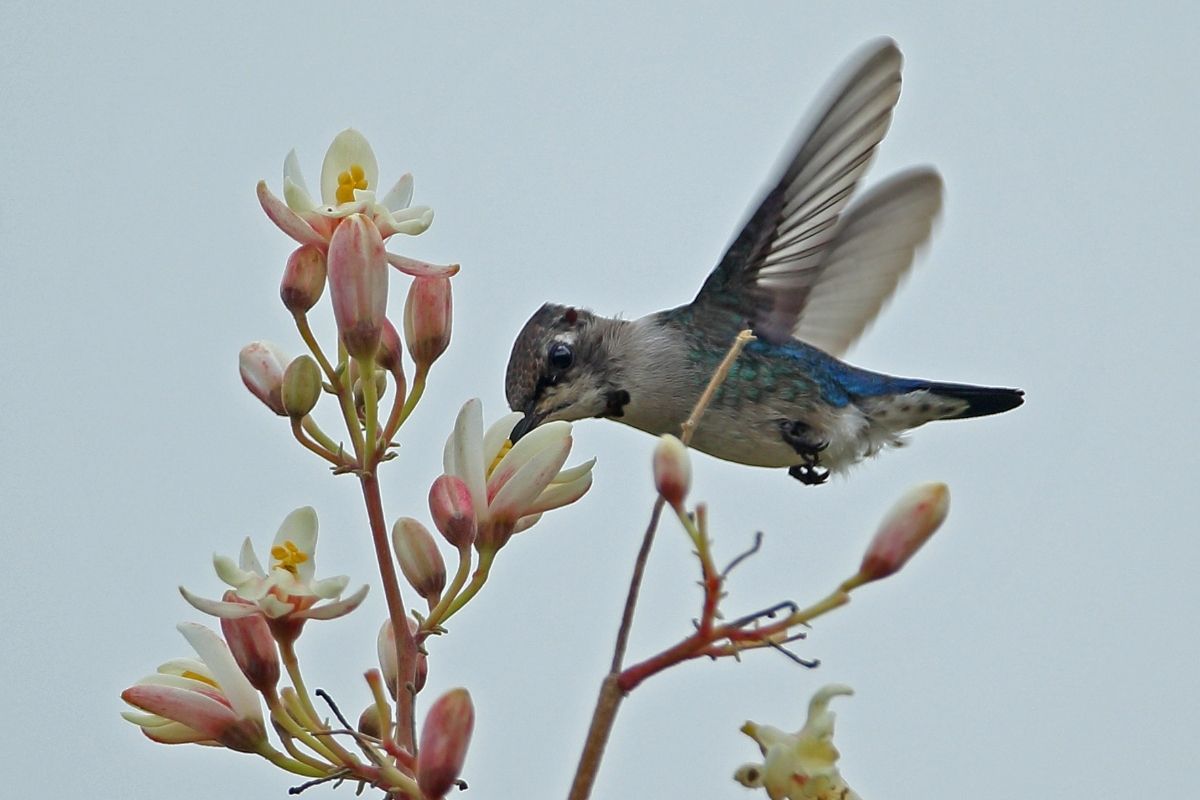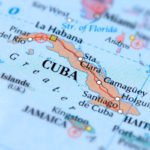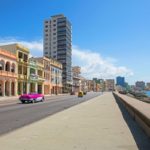It is no secret that Cuba is a tropical paradise for many. With beautiful beaches, great sunshine, and a startling amount of life (as well as a booming tourist industry over the last 20 years), Cuba’s natural beauty is something that needs to be seen in person to admire it to its fullest.
Whilst reading about the Caribbean island will excite the imagination in so many ways, nothing beats feeling the sand between your toes, the sun on your face, whilst listening to the waves and birds’ songs.
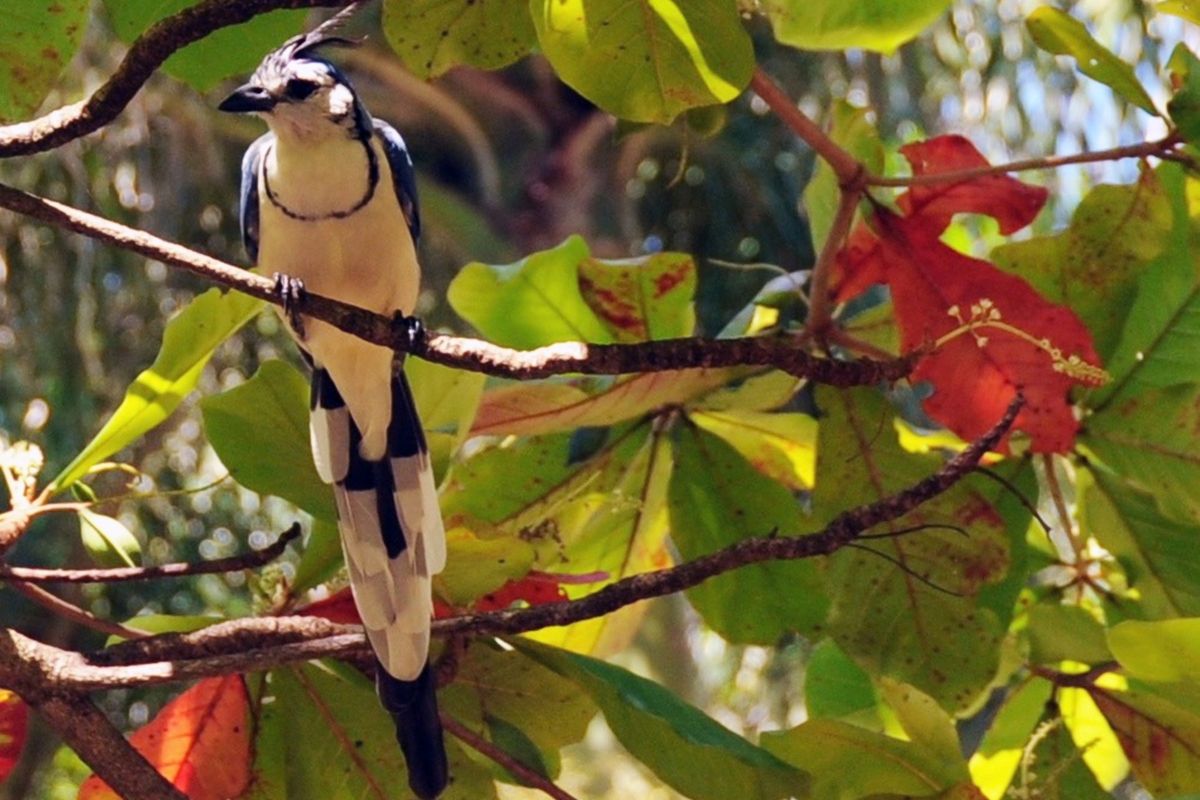
Those bird songs are themselves a great reason to visit. Alongside the incredible other flora and fauna of the island, Cuba is also home to some of the most vibrant and colorful birds that you will find in the Caribbean.
So many birds that it can be difficult to know which species is which!
Well, that is what this list is here for! In this article, we are going to go over some of the most iconic birds that are found on this tropical island, and what makes each of them so special in this luscious slice of paradise.
Cuban Trogon
First, on this list, we have the bright and beautiful Cuban Trogon. Also known as the Tocororo, this bird has one of the most iconic plumages on the island.
With its bright red belly, its bright white chest, and the deep green, almost blue back, the many colors of this bird make it bear somewhat of a resemblance to the colors of the Cuban flag.
This colorful scheme that this bird has is what made the perfect bird make a national symbol of the country, becoming Cuba’s national bird.
Another thing that makes this bird stand out is its unique tail, as its long, pointed tail feathers make it stand apart from other Trogons.
These birds tend to fly in pairs and make a lot of noise as they sing and fly through the forests where they live.
Although very common on the island, these birds tend to die quickly when caged, so there is little chance of domestication from them.
White-Faced Whistling Duck
Many people are often surprised when they are told that ducks are common across the tropics, and not just in many city parks and rivers.
But, as we see in the White-Faced Whistling duck, that couldn’t be further from the truth.
Common across both sub-Saharan Africa and South America, this duck is best known for the stark white head of white feathers it has around its beak, compared to the reds and browns across the rest of its body.
These ducks are common in waterways and lakes across Central and Southern America, making them a very common sight, including in Cuba.
They are also very easy to find in resident waterways too, making them a bright, colorful addition to the life in Cuban urban areas.
Great Lizard Cuckoo
Another bird that is found across the surrounding islands and mainland Cuba, we have the Great Lizard Cuckoo.
Also known as the Cuban Lizard Cuckoo, as it is the place where many of these birds are found, the Great Lizard Cuckoo is the largest species of this family of birds found in the Caribbean.
Whilst these birds do often eat lizards, as its name suggests, Great lizard Cuckoos will also eat a variety of insects if they are provided to them, including crickets and locusts.
Whilst Cuckoos generally have a bad reputation for forcing other birds to raise their young, the Great Lizard Cuckoo is a species that raises its own young, and can raise two to three chicks in a single clutch of eggs when they hatch.
Common Nighthawk
It is unlikely that you will find this bird out in the open during the day, as the Common Nighthawk is nocturnal, and tends to blend into its surroundings thanks to its mottled brown plumage.
However, if you are out at night, you may catch a glimpse of this member of the nightjar family.
Often compared to owls in how they behave, the common nighthawk does share many things in common with them, from how they hunt, to even how they look.
Cuban Emerald Hummingbird
A list of colorful Cuban birds would not be complete without a mention of the Cuban Emerald.
With their iridescent green plumage and insanely fast flapping of their wings, these birds are found all over the Caribbean and are some of the most beautiful hummingbird species out there.
Measuring only 10 cm long, these birds are vital to pollinating the many colorful flowers that are found on the island.
Conclusion
As we can see, Cuba is home to so many amazing bird species, and this is just the tip of the feathered iceberg. There is so much else to appreciate out there!
If you enjoyed this article, you might enjoy our post on ‘Ten Fun Facts About The World’s Smallest Bird: Cuba’s “Bee Hummingbird”‘.
- What Is The Largest Island In Cuba? - September 19, 2022
- Havana – Why Is It Cuba’s Most Exciting City? - September 19, 2022
- Cheapest Time To Visit Cuba (Ultimate Guide) - September 19, 2022



